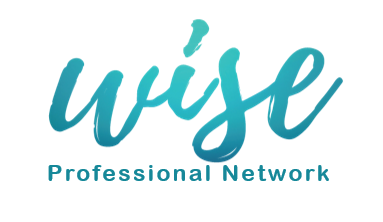Creating Mentally Healthy Workplaces
WISE had the pleasure of hosting Amy Douglas-Martens, Special Inspector of Mines – Mental health and wellbeing for WA with the Department of Mining Industry Regulation and Safety. With Amy’s wealth of experience, she simplified our responsibilities, our reach and our influence when it comes to developing and maintaining a mentally health workplace.

With huge amounts of media and information about mental health in the workplace, it’s very easy to become overwhelmed and as a result, ineffective. Amy gave us some really useful tools to enable us to be able to affect our workplaces and create mentally healthy environments.
Mental health and a mentally healthy workplace differ whereby mental health itself refers to individual experience, and a mentally healthy workplace is environmental. As workplace conditions are within our control, this is where our focus needs to be.
Like any risk management plan, while there is a need for intervention and recovery plans, the majority of our effort needs to be on prevention.. Amy reminded us that the risk management model can be applied to management of psychosocial hazards and risk factors in the same way that it is applied to physical hazards and risks.
Step 1 – Identification of psychosocial hazards and risk factors in the workplace (e.g. bullying, change, work demands, work place culture). This can be done via existing workplace data, direct observation or by surveying employees.
Step 2 – Risk Analysis and Assessment. Determine which work group are exposed to which hazards and assess the risk as you usually would; consequences and likelihood.
Step 3 – Put controls in place. Unfortunately, an Employee Assistance Program isn’t sufficient when creating a mentally healthy workplace. Risk controls need to be in accordance with the hierarchy of controls starting with the most effective methods. can involve elimination (eg recruitment & selection), substitution (eg coaching), engineering (eg job redesign), administrative (eg clear job description) and PPE (eg resilience training).
Step 4 – Communicate and consult. This can take the many forms from a standard prestart to non-verbal communication.
Step 5 – Monitor and review (analyse your workplace data). There’s an abundance of data already available to you, from HR, from OSH, EAPs and more which you can use to validate your controls.
To enhance all elements of the risk management process it is recommended that organisations invest in removal of stigma by strategically addressing its three components; knowledge, attitudes and behaviour.
All in all, the clear message that was delivered was that we need to focus on what is in our control – a mentally healthy workplace, rather than individual mental health. If we can reduce stigma strategically, implement our existing risk management knowledge whilst not being afraid to engage professionals when necessary, we can go a long way towards creating mentally healthy workplaces.
You can download the guidelines here.

